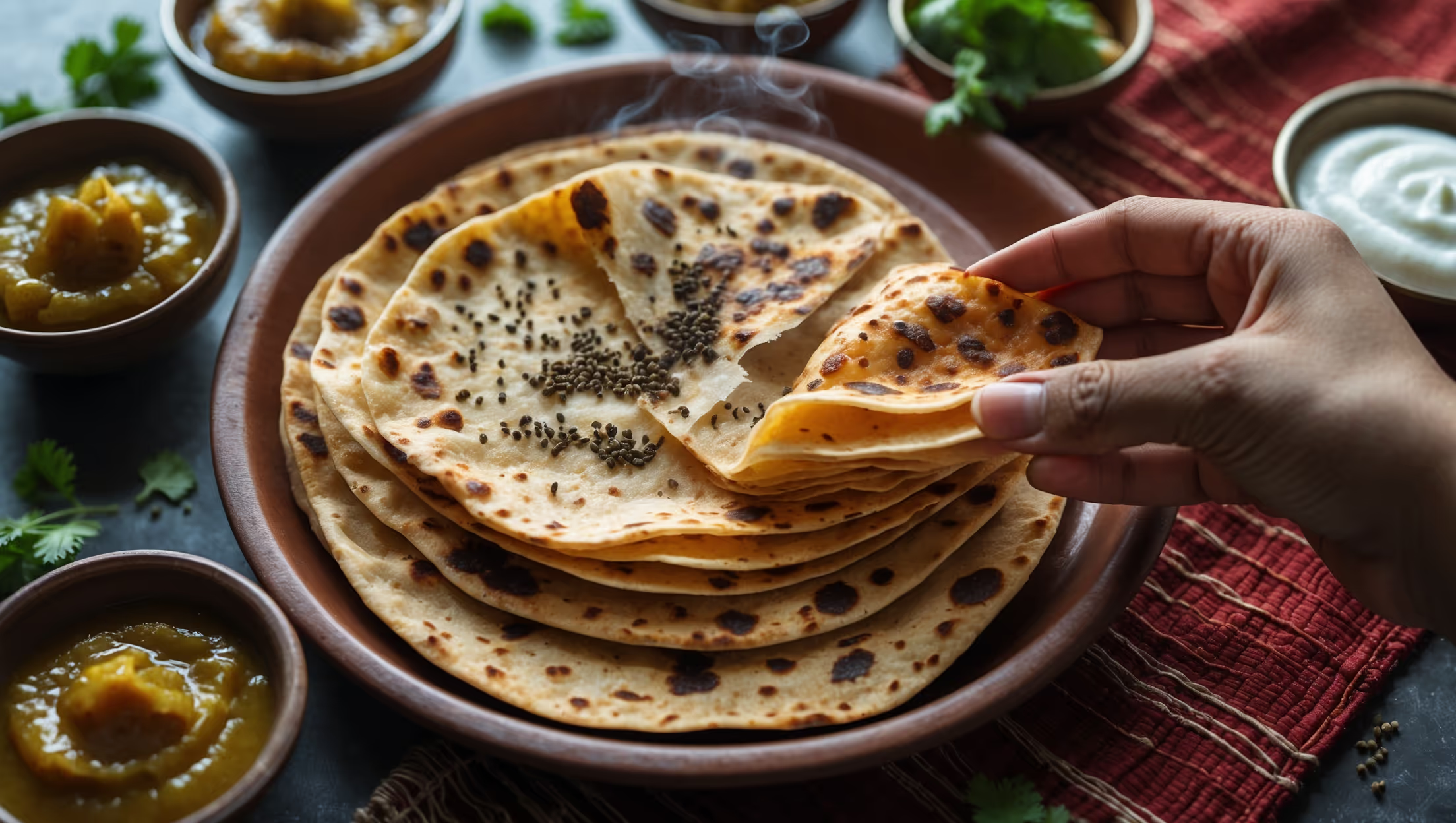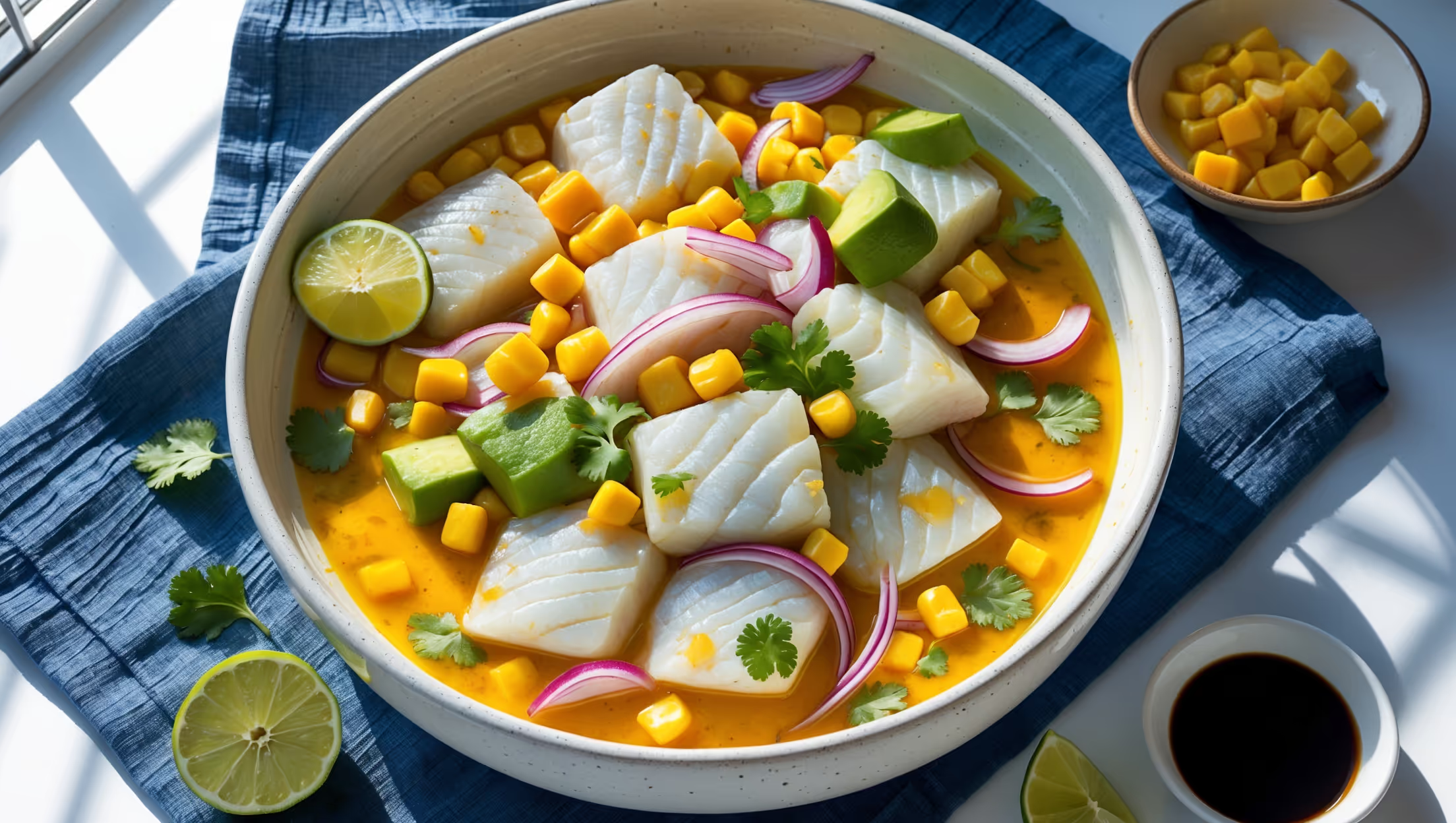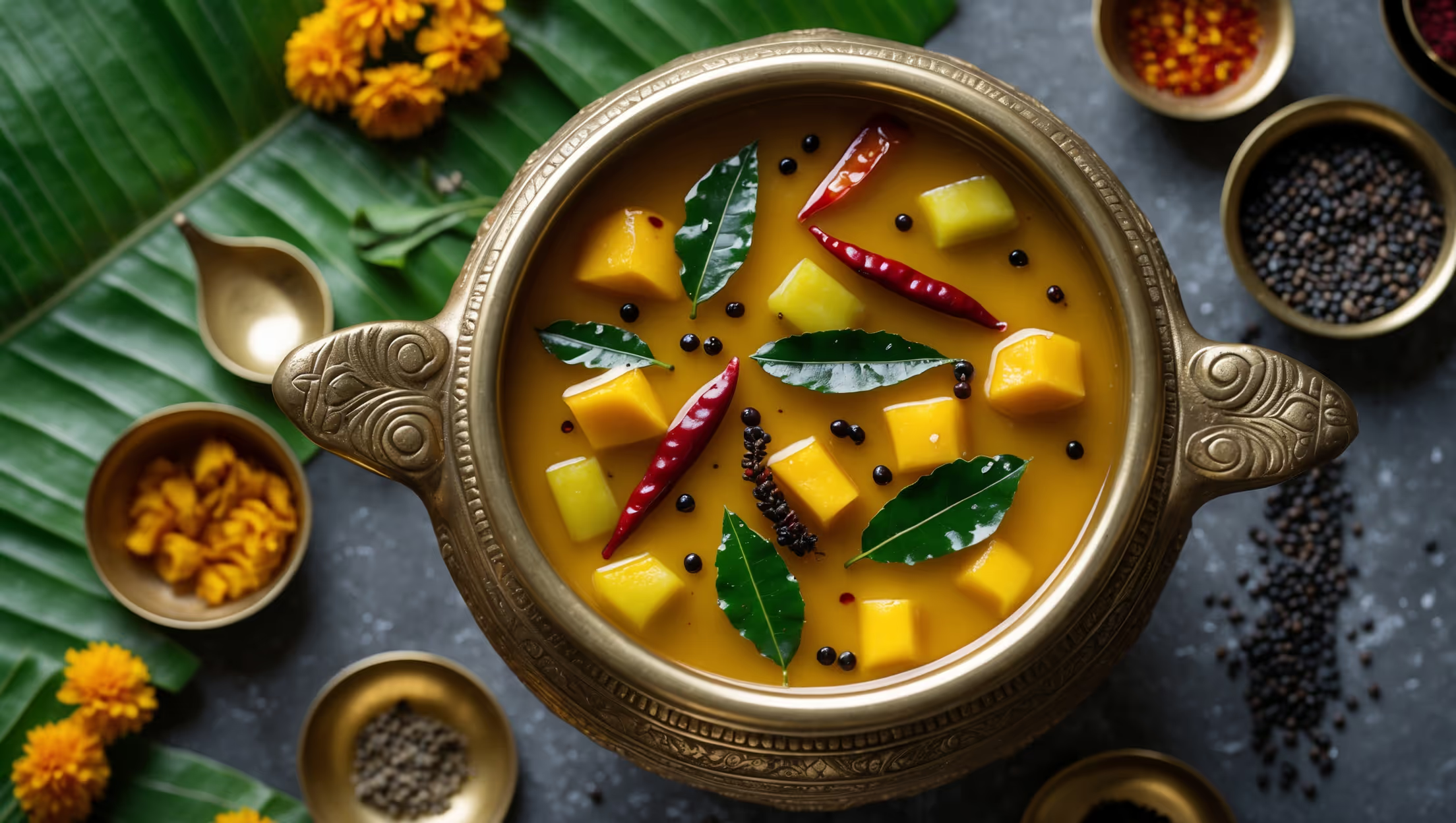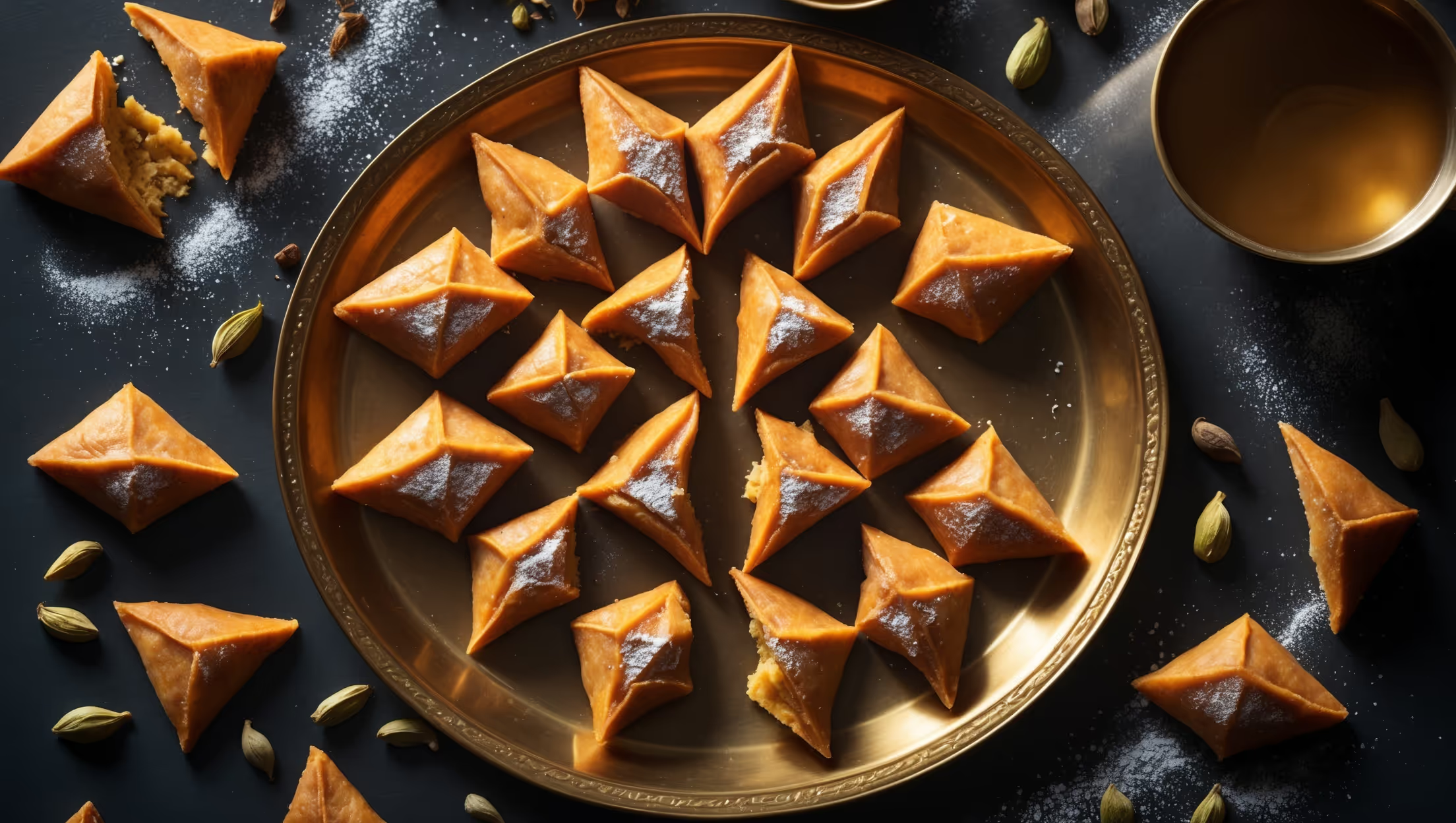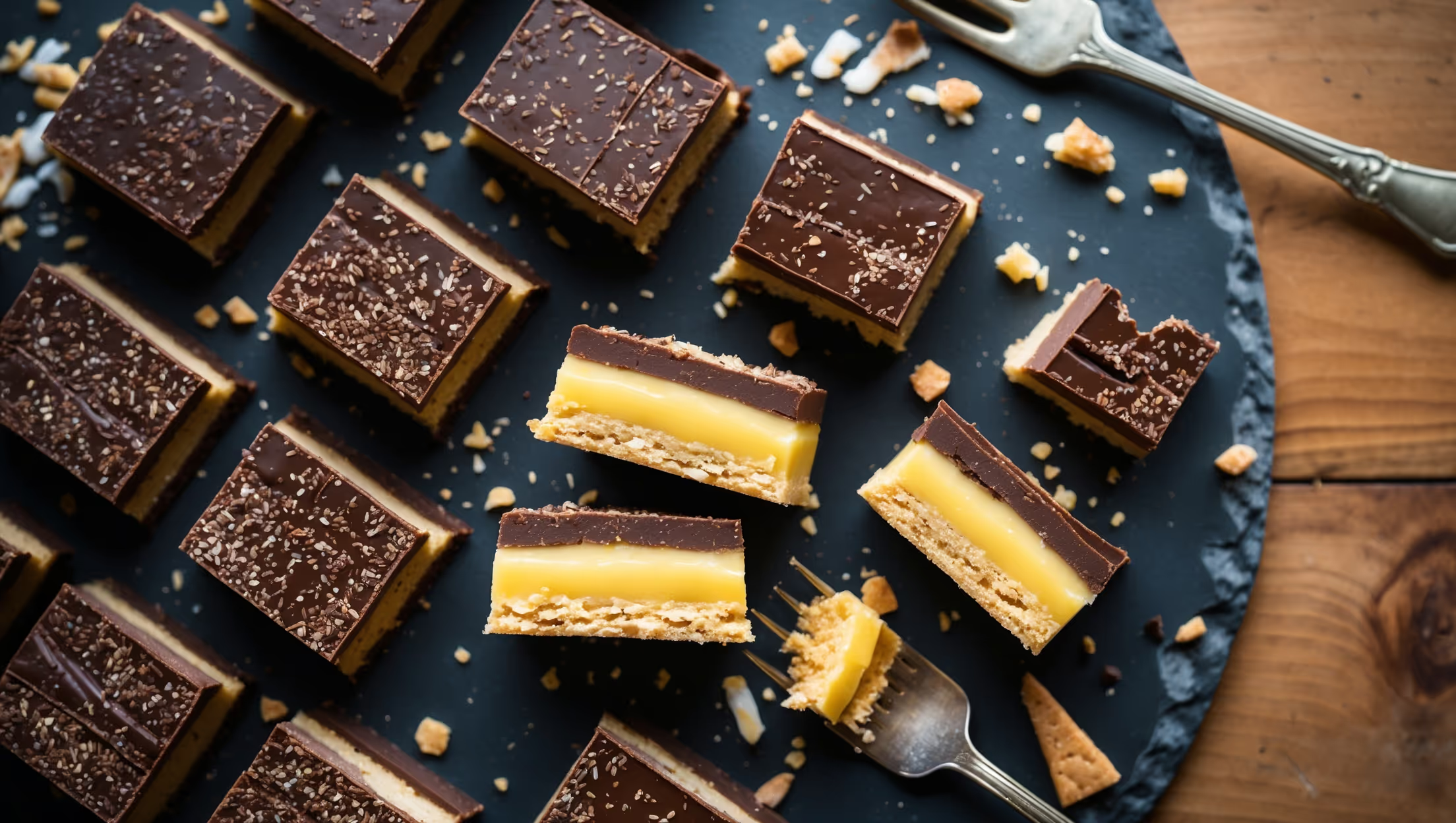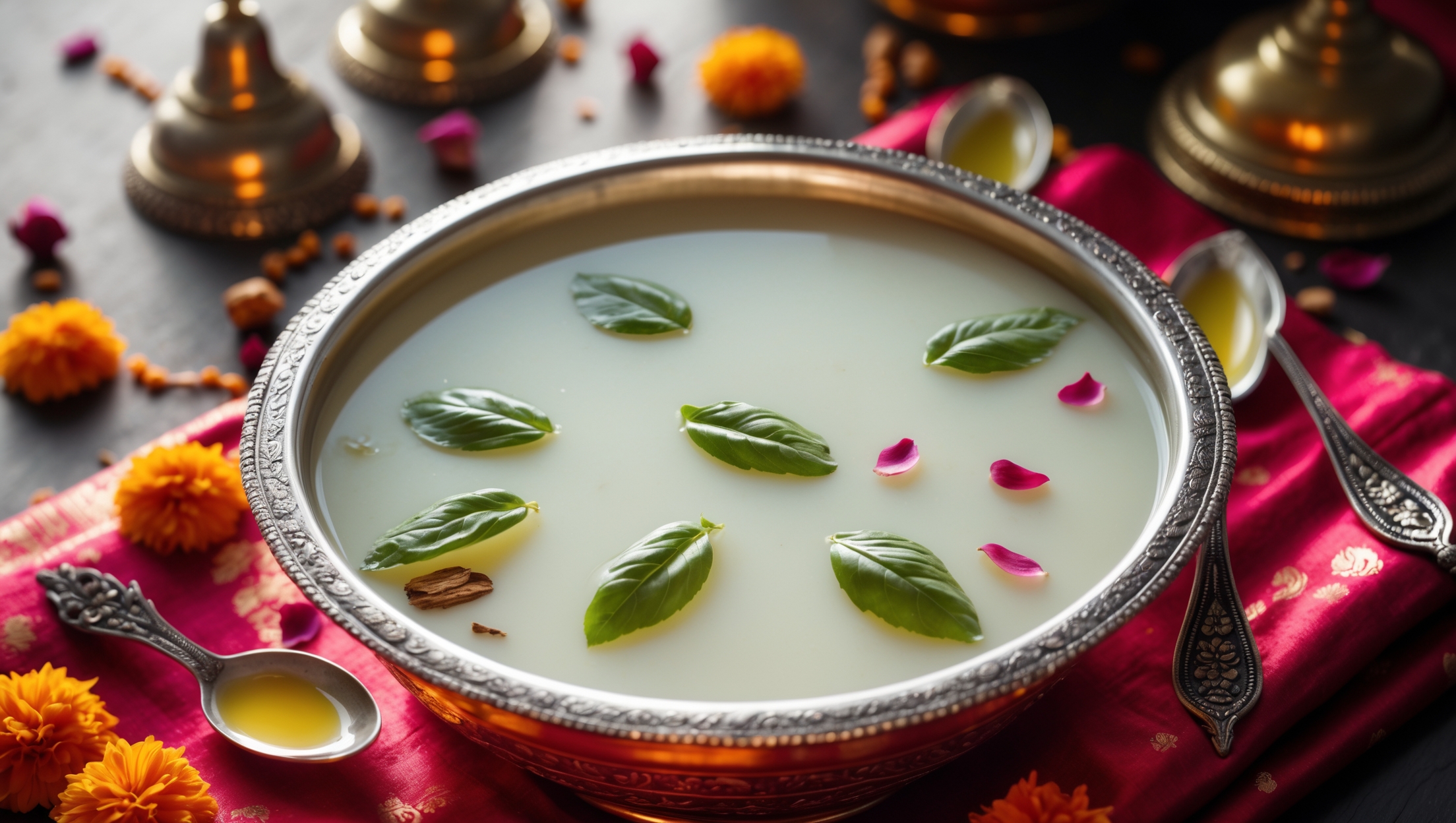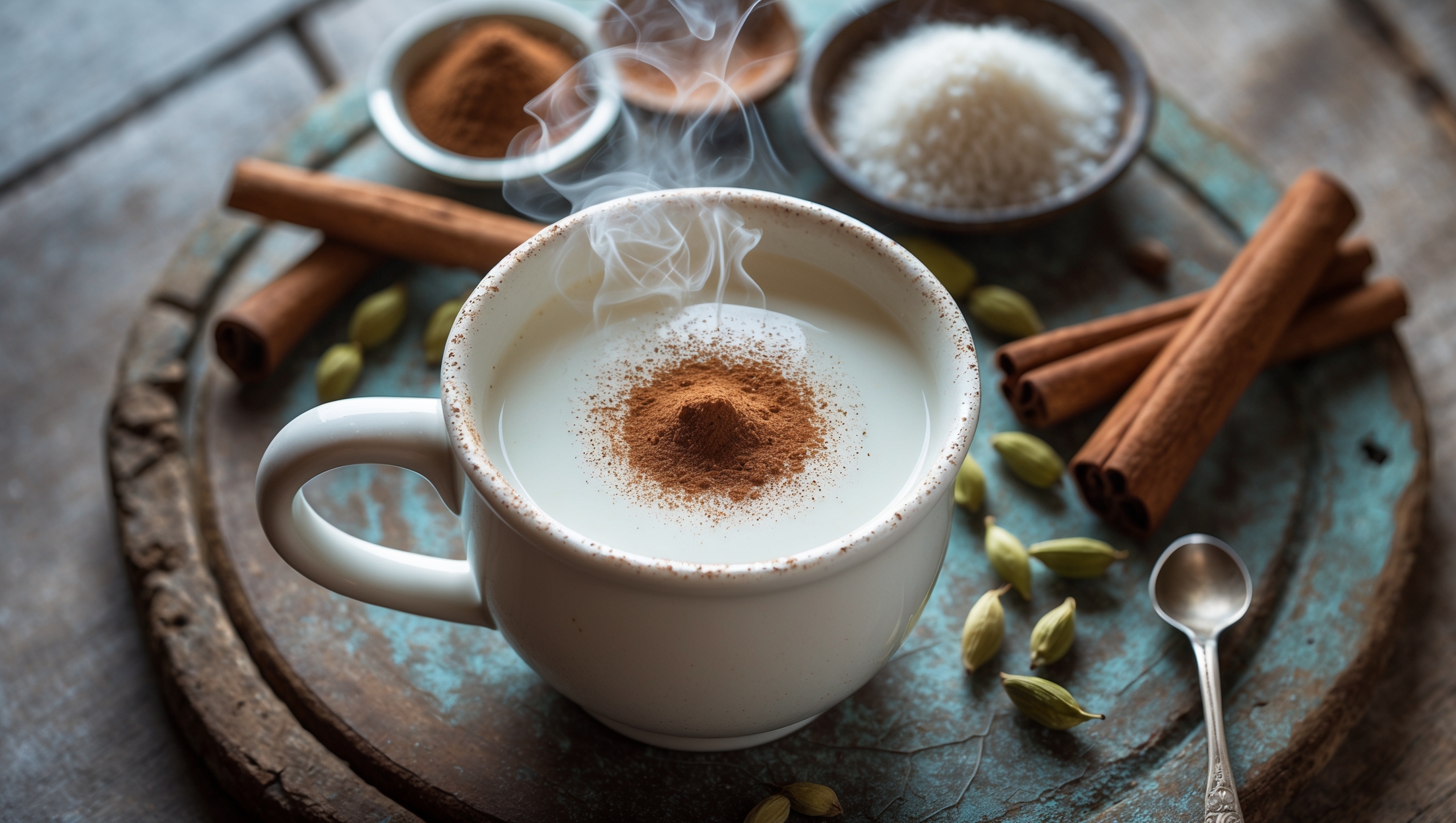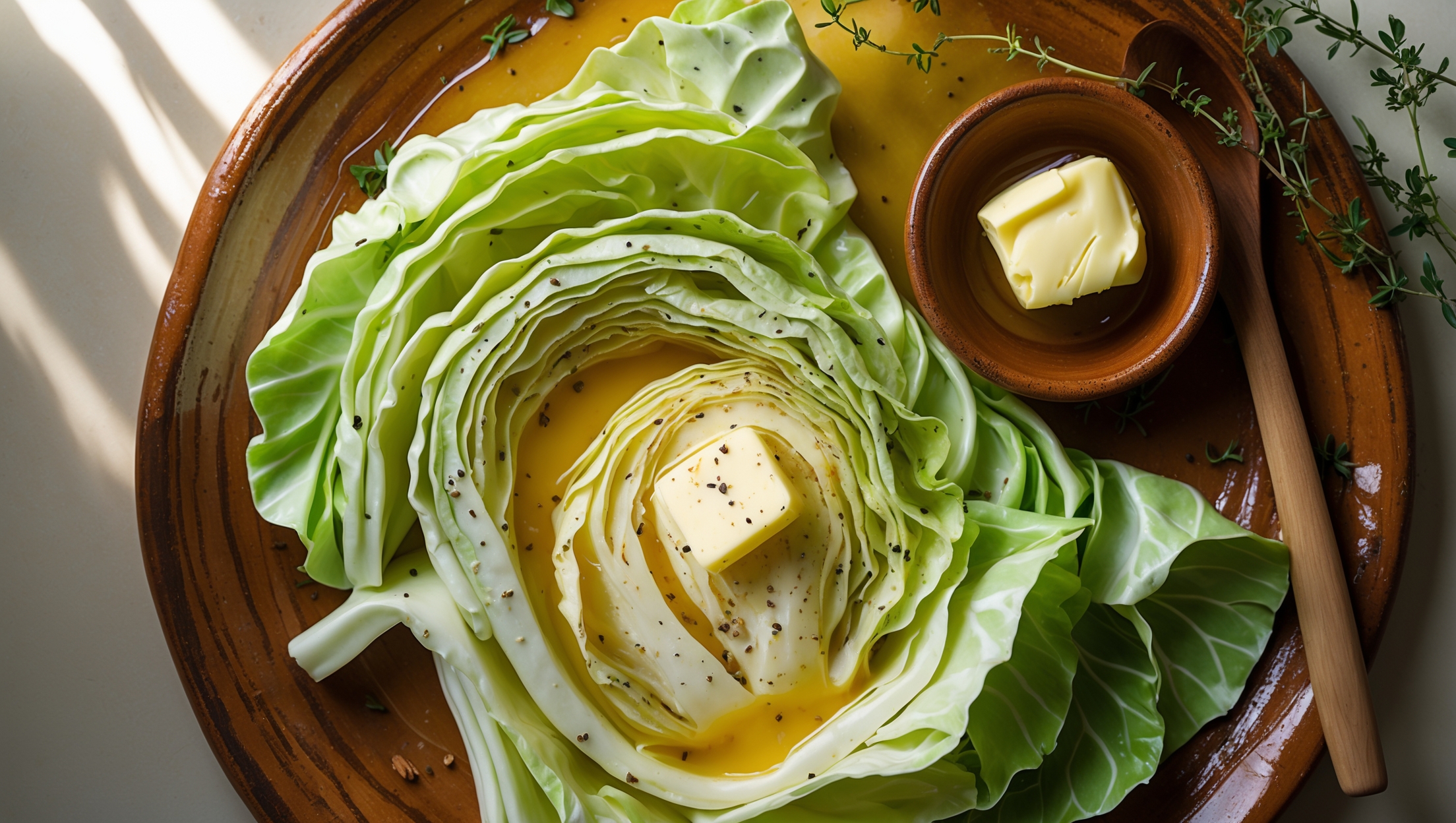Tacacá Recipe
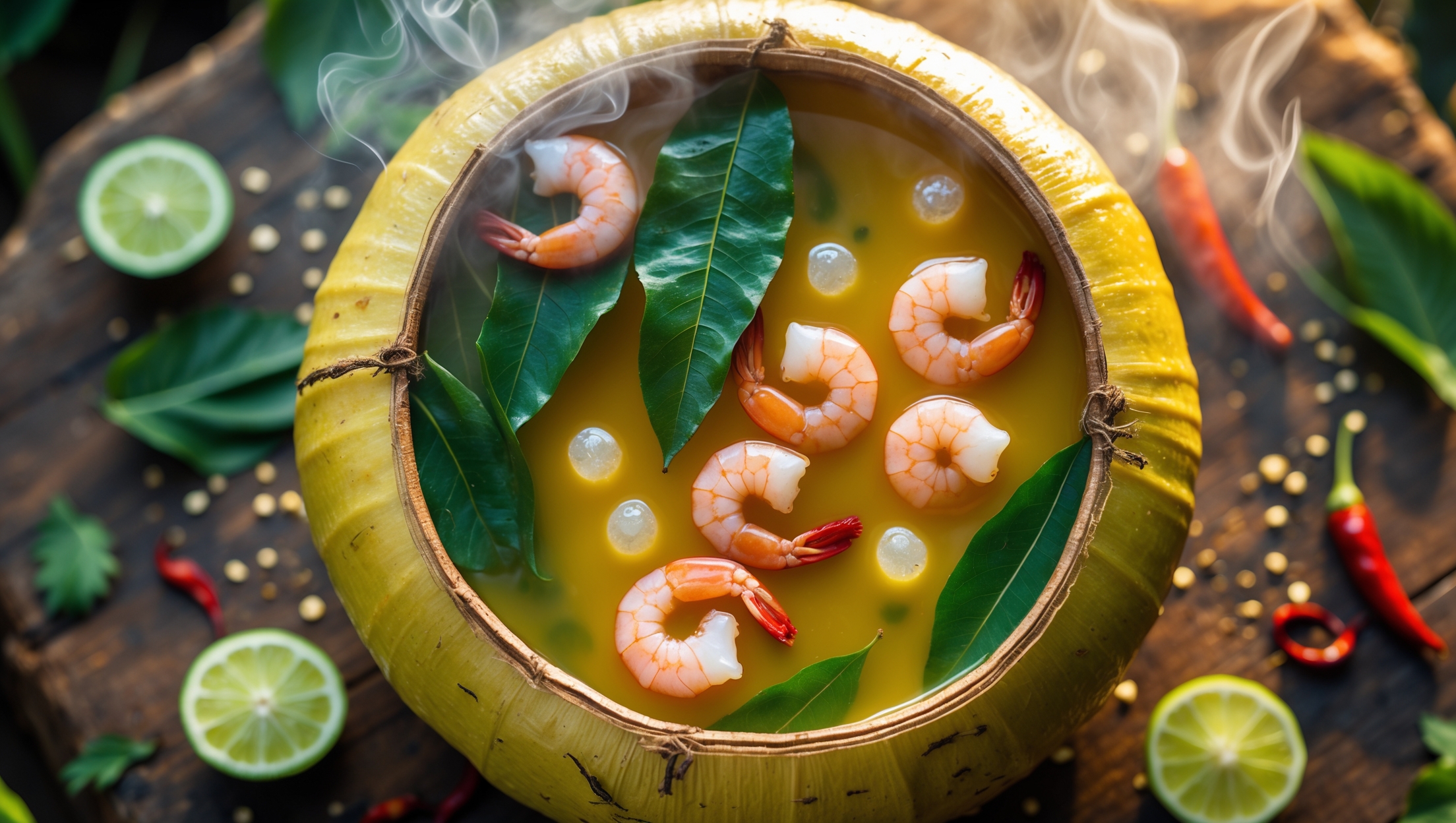
Ingredients
Equipment
Directions
FAQs
Find answers to your most pressing questions about this delicious recipe right here.
Authentic Tacacá relies on tucupi sauce (fermented manioc juice), tapioca gum, jambu leaves (which create a numbing sensation), fresh shrimp, garlic, onion, chili peppers, and lime. These ingredients combine to create the distinctive sour, spicy and unique flavour profile characteristic of Amazonian cuisine.
Learn how to cook Tacacá Recipe by first simmering tucupi sauce to develop its flavour, preparing tapioca gum until transparent, cooking shrimp with aromatics, and blanching jambu leaves. Assembly is key—layer the tapioca gum at the bottom of your bowl, pour hot tucupi over it, then top with the jambu leaves, shrimp and chilis. Serve immediately with lime wedges for an authentic Amazonian experience.
If jambu leaves aren't available, use watercress mixed with a small pinch of ground Sichuan pepper to replicate the numbing sensation. While not identical to jambu's unique properties, this combination provides the peppery flavour and slight numbing effect that's essential to authentic Amazonian tacacá.
Tucupi sauce, derived from wild manioc root, contains natural toxins that must be eliminated through prolonged cooking. The 20-minute simmering process not only makes it safe to consume but also concentrates its distinctive tangy flavour that forms the backbone of this traditional Amazonian delicacy.
Yes, deep soup bowls work perfectly as substitutes for traditional calabash gourds. While the authentic presentation enhances the cultural experience, any vessel that can properly contain the layers of tapioca gum, hot tucupi broth, jambu leaves and shrimp will preserve the dish's flavours and textures.
International Dishes & Appetizers
Try following recommended recipes

